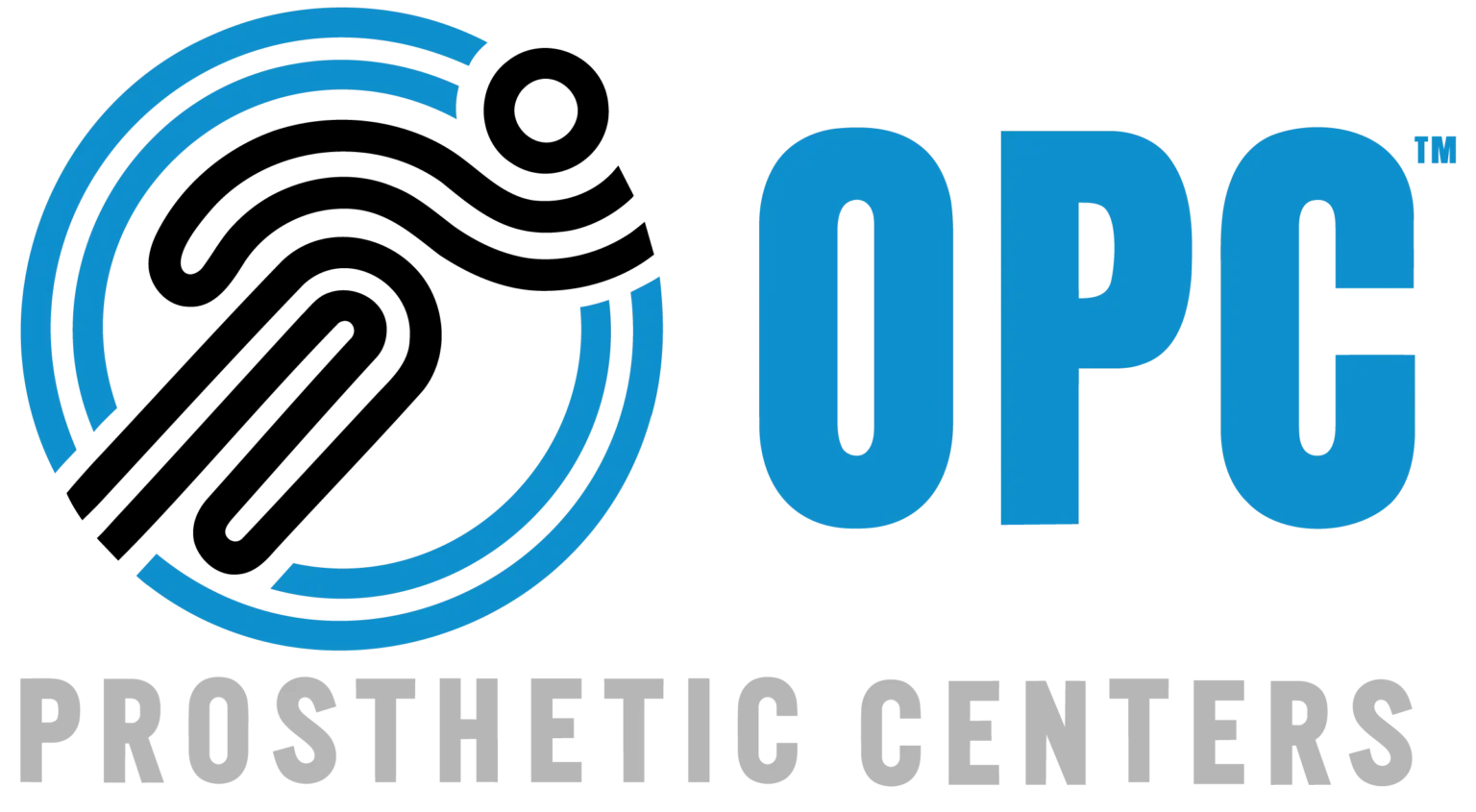Caring for a residual limb is an essential part of maintaining a healthy and active lifestyle after an amputation. Proper wound care and infection prevention are not only critical for healing but also for ensuring comfort and functionality. Whether you are new to living with a residual limb or have been managing one for years, taking proactive steps to care for it can make a significant difference in your overall well-being.
Understanding Your Residual Limb
A residual limb, often referred to as a stump, is the part of the body that remains after an amputation. This area is particularly vulnerable because it has undergone significant trauma and adjustment. While the body is remarkably resilient, the residual limb requires diligent care to avoid complications such as infections, irritation, or delayed healing.
The process of healing after an amputation involves several stages, and each stage demands attention. From surgical wounds to eventual prosthetic use, the health of your residual limb impacts your mobility and independence.
The Importance of Wound Care
Wound care is the foundation of maintaining a healthy residual limb. Open wounds or poorly healed areas can lead to infections, which may compromise the integrity of the tissue and delay prosthetic use. Proper wound care not only speeds up healing but also reduces the risk of complications.
Cleaning and Dressing
The first step in wound care is cleaning. Gently clean the wound with mild soap and warm water or as instructed by your healthcare provider. Avoid using harsh chemicals, as they may irritate the skin or delay healing. Pat the area dry with a clean, soft cloth.
Once the wound is clean, apply a sterile dressing. The type of dressing will depend on the wound’s size and condition. Your healthcare provider may recommend specific products, such as hydrocolloid dressings or antimicrobial pads. Regularly change the dressing, especially if it becomes wet or soiled, to prevent bacterial growth.
Monitoring for Signs of Infection
It’s crucial to monitor your residual limb for signs of infection. These include redness, swelling, warmth, increased pain, or the presence of pus. If you notice any of these symptoms, contact your healthcare provider immediately. Infections can escalate quickly and may require antibiotics or further medical intervention.
Preventing Infection
Infection prevention is equally as important as wound care. Once your surgical wound has healed, the focus shifts to maintaining the overall health of your residual limb to avoid future complications.
Maintain Hygiene
Daily hygiene is vital. Wash your residual limb with mild soap and warm water, ensuring that you clean every crevice, particularly if you use a prosthetic. After washing, thoroughly dry the area to prevent moisture buildup, which can lead to skin breakdown or fungal infections.
Skin Inspection
Inspect your residual limb daily for any signs of irritation, pressure sores, or blisters. This is especially important if you wear a prosthetic device, as poorly fitted sockets can cause friction and damage the skin. Use a mirror or ask for assistance to check hard-to-see areas.
Moisturize Carefully
Keeping the skin moisturized is essential, but it’s important to use the right products. Opt for non-greasy, fragrance-free lotions to prevent dryness without clogging pores. Avoid applying lotion right before wearing a prosthetic, as it may cause the limb to slip inside the socket.
Manage Sweat and Odor
If you use a prosthetic, sweat and odor can become issues. Bacteria thrive in warm, moist environments, so it’s important to manage perspiration. Use antiperspirants designed for sensitive skin or products specifically made for residual limbs.
Caring for the Residual Limb During Prosthetic Use
For individuals using prosthetics, the relationship between the device and the residual limb is crucial. A well-fitting prosthetic can improve mobility and quality of life, but it also requires consistent care to avoid issues like chafing or sores.
Proper Fit
Ensure that your prosthetic fits correctly. An ill-fitting socket can cause pressure points, leading to blisters, sores, and even infections. Regular visits to your prosthetist are essential to make necessary adjustments as the shape of your residual limb changes over time.
Liner Care
If your prosthetic uses a liner, it must be cleaned daily. Bacteria and sweat can accumulate on the liner, increasing the risk of skin infections. Use mild soap and water or cleaning solutions recommended by your prosthetist. Allow the liner to dry completely before reusing it.
Padding and Cushioning
Consider using additional padding or cushioning inside the prosthetic socket to reduce friction and pressure. Speak with your prosthetist about the best options for your specific needs.
Managing Complications
Despite best efforts, complications can sometimes arise. Knowing how to address these issues promptly can prevent them from worsening.
Pressure Sores
Pressure sores develop when certain areas of the residual limb experience prolonged pressure or friction. Early signs include redness or tenderness in specific spots. Adjusting your prosthetic fit or adding cushioning can alleviate these symptoms. Severe sores may require medical treatment.
Phantom Pain
Phantom limb pain can complicate wound care and infection prevention by making it harder to tolerate contact with the residual limb. If you experience phantom pain, discuss pain management options with your healthcare provider.
Excessive Swelling
Swelling, or edema, is common in residual limbs. However, excessive or prolonged swelling can interfere with prosthetic use and wound healing. Compression garments or wraps can help manage swelling, but persistent issues should be evaluated by a doctor.
Psychological Impact
Caring for a residual limb isn’t just a physical task; it has emotional and psychological components as well. The process of adapting to life after an amputation can be challenging, and neglecting the emotional aspect of wound care can hinder overall well-being.
Seek Support
Reach out to support groups, therapists, or counselors who specialize in amputation recovery. Sharing your experiences with others who understand can help you feel less isolated.
Build Confidence
Learning to care for your residual limb is a journey. Celebrate small victories, like mastering a cleaning routine or wearing a prosthetic comfortably for longer periods. These milestones can boost your confidence and motivation.
Long-Term Care
The journey of caring for a residual limb doesn’t end after the wound heals. Long-term care involves monitoring, adapting, and maintaining a proactive approach to ensure your residual limb stays healthy.
Regular Check-Ups
Schedule regular check-ups with your healthcare provider and prosthetist. They can assess the health of your residual limb, make adjustments to your prosthetic, and provide guidance on managing any new challenges.
Stay Active
Engaging in physical activity can improve circulation and prevent stiffness in your residual limb. Consult a physical therapist to find exercises that suit your abilities and goals.
Educate Yourself
Stay informed about advancements in prosthetic technology and residual limb care. Innovations in these fields can improve your quality of life and make limb management easier.
Final Thoughts
Caring for a residual limb is a continuous process that requires attention to detail, patience, and dedication. By prioritizing wound care and infection prevention, you can protect your health, enhance your mobility, and maintain your independence. Remember that you are not alone in this journey—medical professionals, support groups, and loved ones are there to help you every step of the way.
With proper care, your residual limb can serve as a testament to your resilience and adaptability, enabling you to live a fulfilling and active life.



